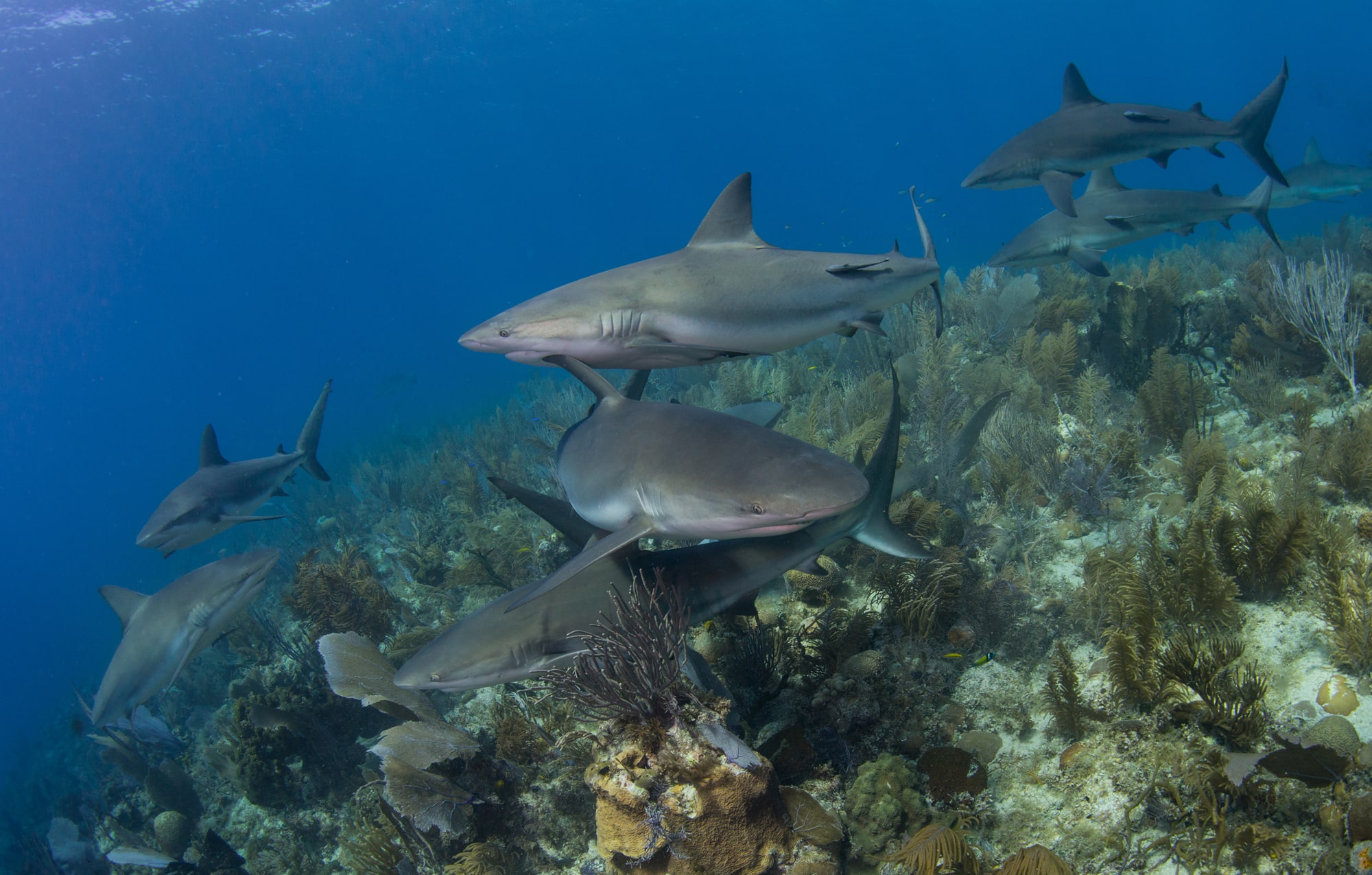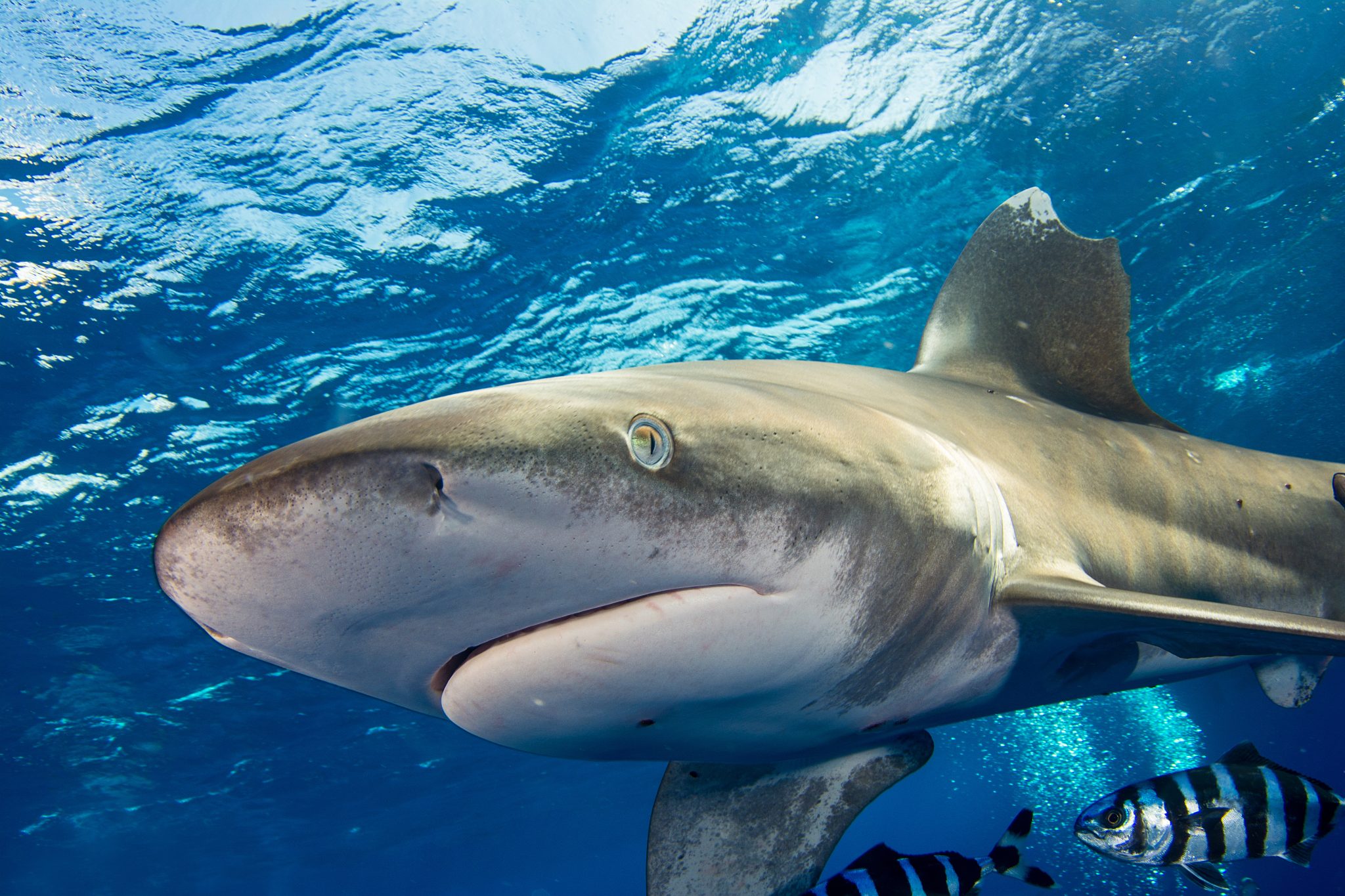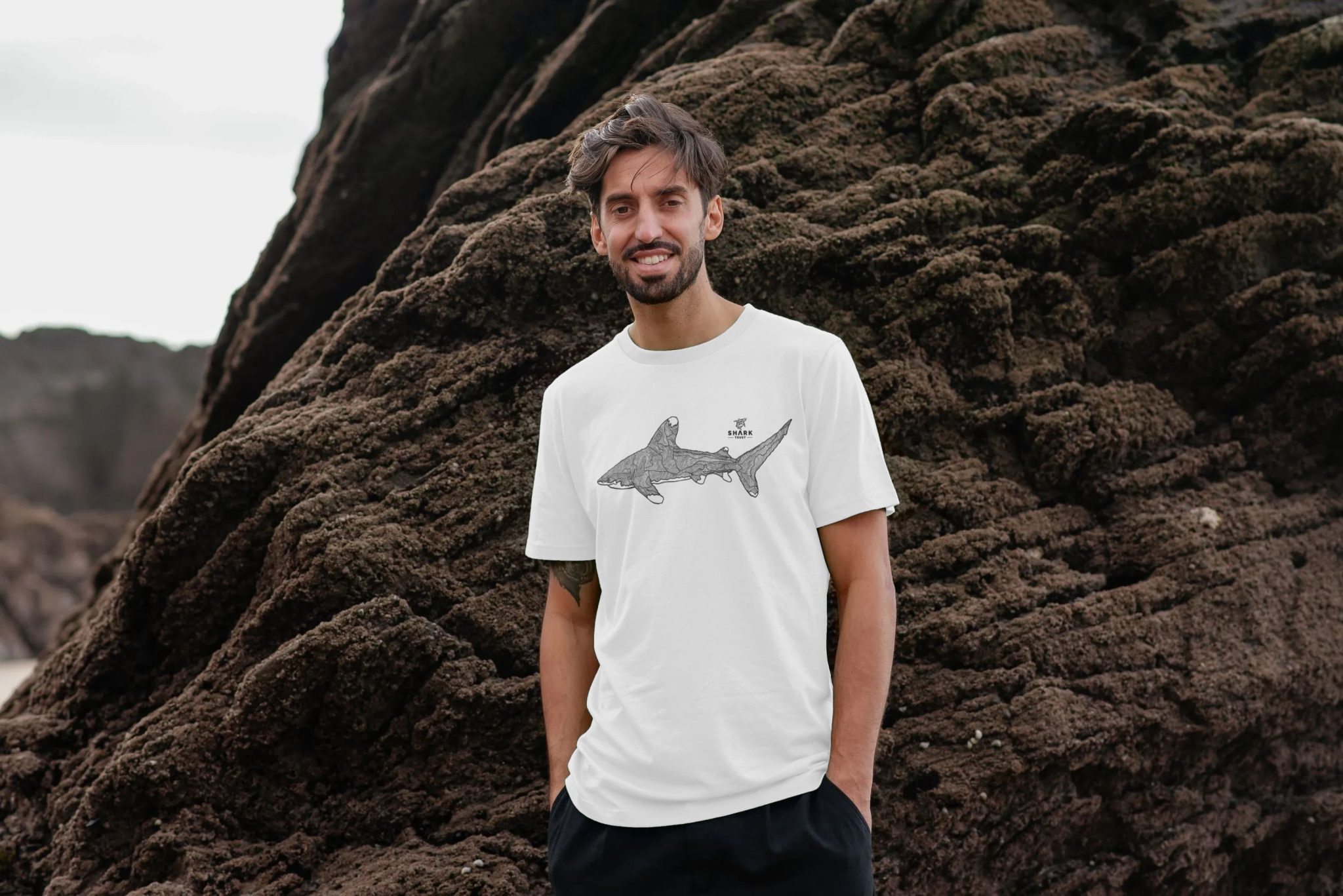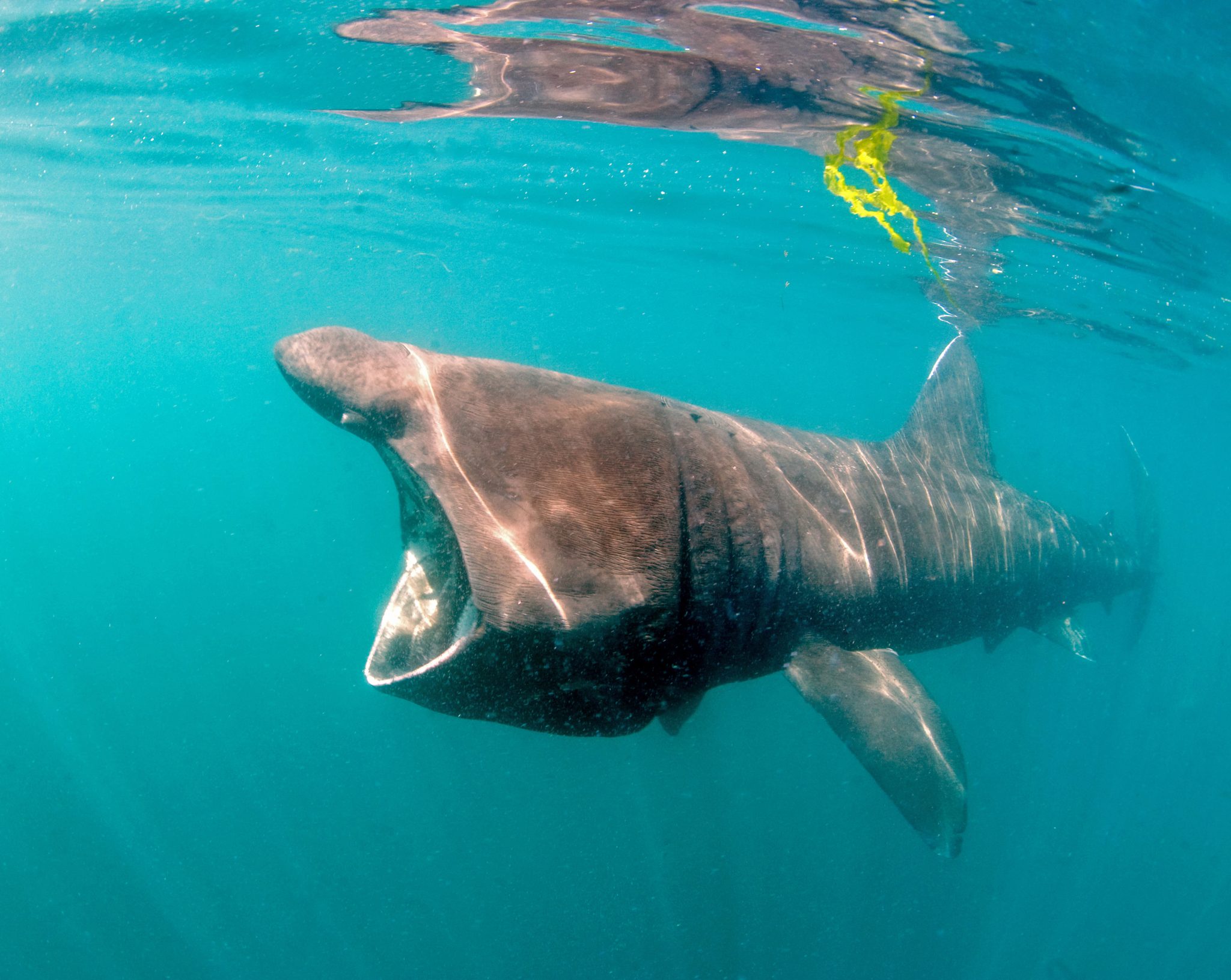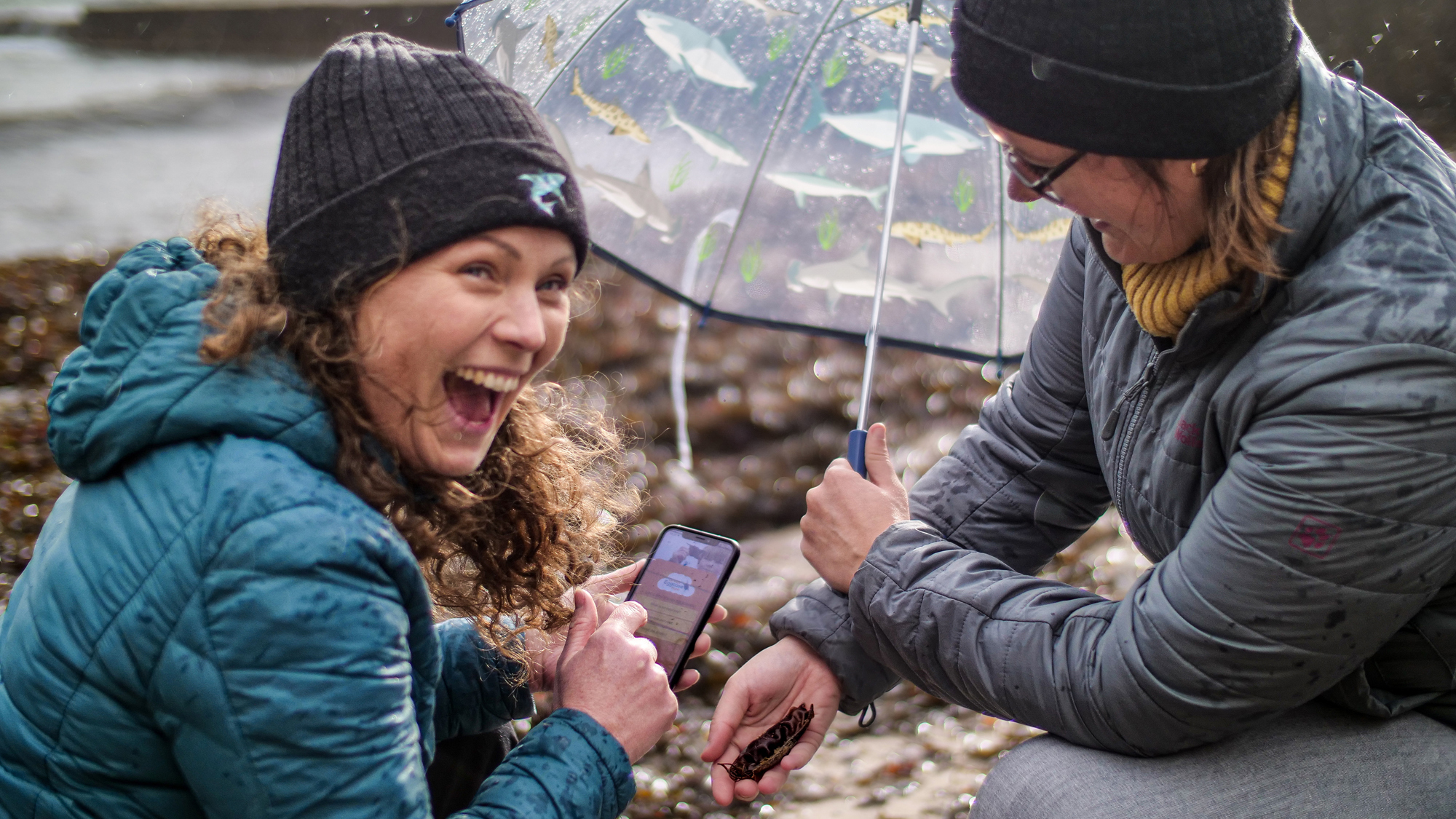Marine Life & Conservation
Diving the Wrecks of Mauritius (Watch Video)
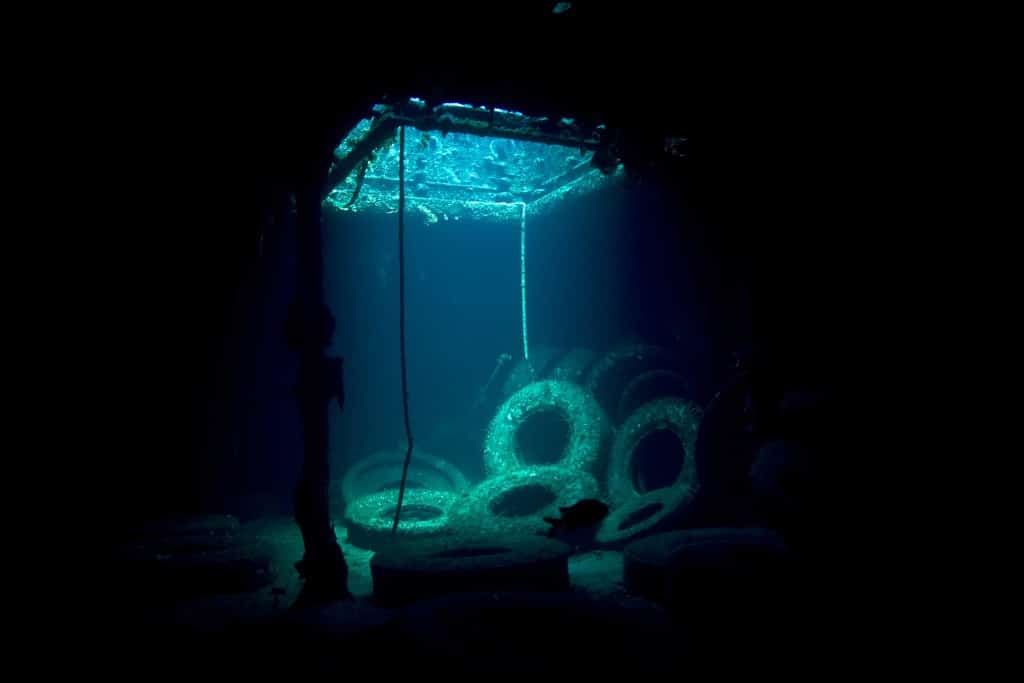
Over 480 ships have been wrecked off the coast of Mauritius over the last 400 years. Most of them have disintegrated or disappeared. You will not be able to dive Le Coureur or the Saint Gerain, the notorious slavers of the 18th century that foundered with their human cargoes off the coast of Mauritius. They are now just a shameful memory and a collection of artefacts in the National History museum. Treasure hunters pillaged many of the earlier wrecks until the Mauritius Government banned the removal of undersea artifacts, and began sinking condemned ships to create artificial reefs.
Most of these wrecks are within easy reach of the dive centres in the North, and a Safari trip to Coin de Mire makes a great day’s diving. You take 2 or 3 tanks each, the boat loads up with delicious snacks, water or juice and often a light lunch. Coin de Mire Island, so called because it’s shaped like the wedge or quoin that gunners used to raise or lower the barrels of their cannons, is a National Park, and the breeding ground for the long tailed Tropicbird. It’s a short 10-15 minute boat ride.
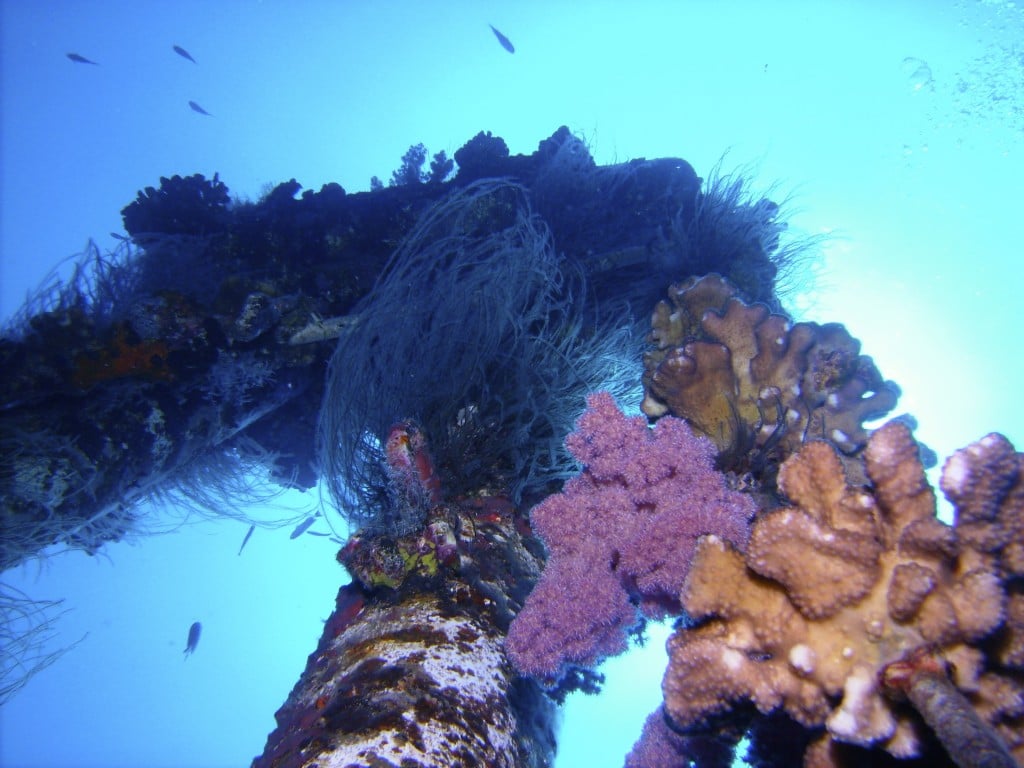
The Djabeda wreck lies at an average depth of 24 meters, from 20 metres on the mast to 32 at the keel, with dense shoals of fusiliers and blue banded snappers, scorpionfish, two massive Javanese Moray eels, rays in the sand and exquisite corals. It was sunk in 1967, and parts of it have scattered across the sand, offering additional hiding places for marine life. There is a pair of sling-jaw wrasses living and breeding there as well, worth looking out for them as they are uncommon. It is also rich in colourful corals and almost fully intact.
After 20 minutes on the wreck, you fin towards the Island and decompress for the rest of the 50 minute dive time in Confetti Bay, an exquisite shallow site just off the Island, where you have snacks and prepare for the second dive. Bliss.
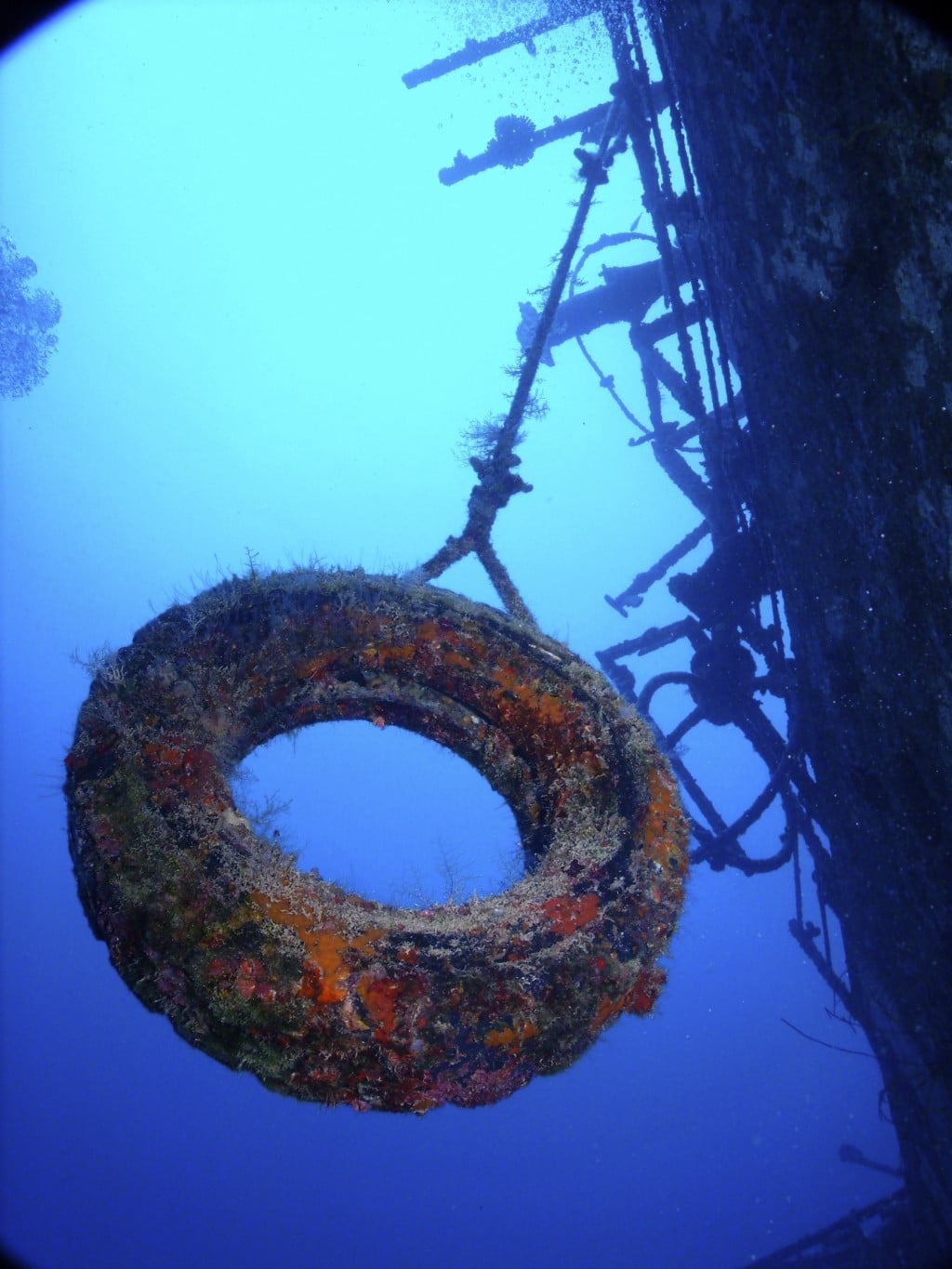
The Silverstar is 5 minutes from Pereybere, but its much deeper from 39 to 28 metres. It’s absolutely stunning, because it is in the deep blue, resting on the white, white sand, and looms out of the ocean like a fantastical pirate ship. Wreck penetration is possible for qualified divers. You need a good torch and once you are into the hold, it’s almost sinister, but filled with crustaceans and morays. Around the mast there are massive shoals, with a resident school of spade fish and orbicular batfish. This is a huge wreck, with an intact propeller at 40 metres, plenty of coral growth, and is best dived with Nitrox, but you need to watch your computer. It was sunk away from the reefs, so this is a short but dramatic dive.
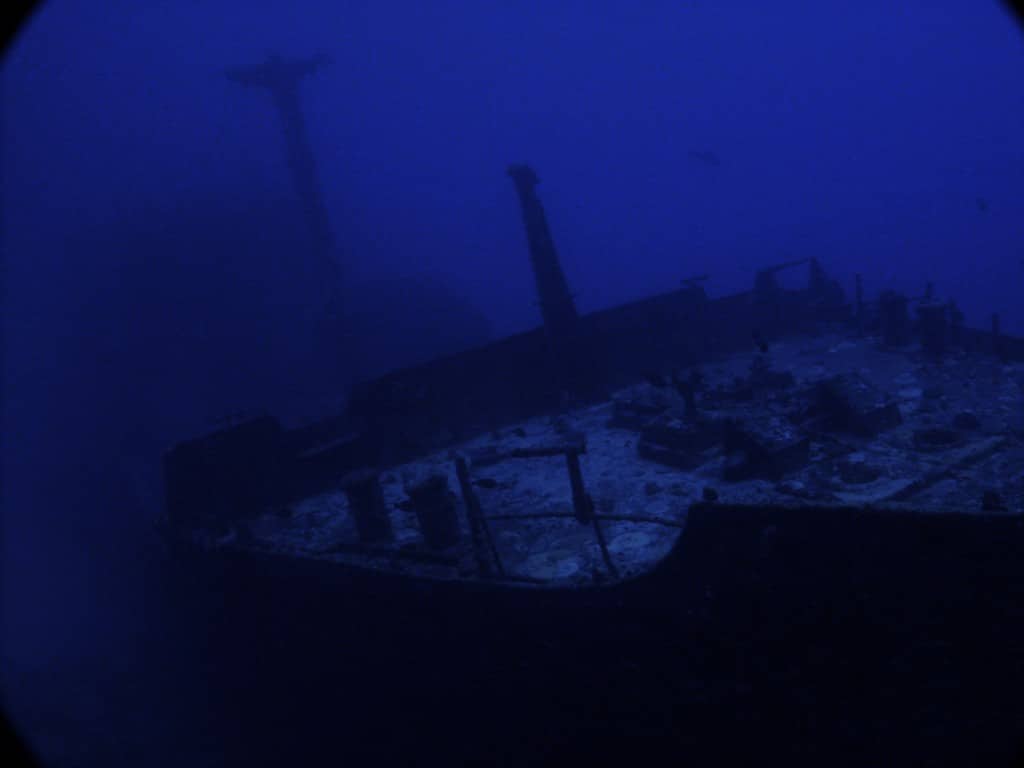
Stella Maru is an old Japanese fishing trawler was deliberately sunk in 1987 by the Mauritius Conservation Society to create an artificial reef, and it is almost fully intact. It has the aggressive oriental look of those Japanese boats you see in WWII movies. It’s full of shoals of blue banded snappers, giant morays and scorpionfish, but it is also a fabulous photographic subject. We recently found a hairy frogfish there, and huddled against a broken portion of the superstructure was a very small gurnard, that amazing little guy with wings and legs like a crayfish.
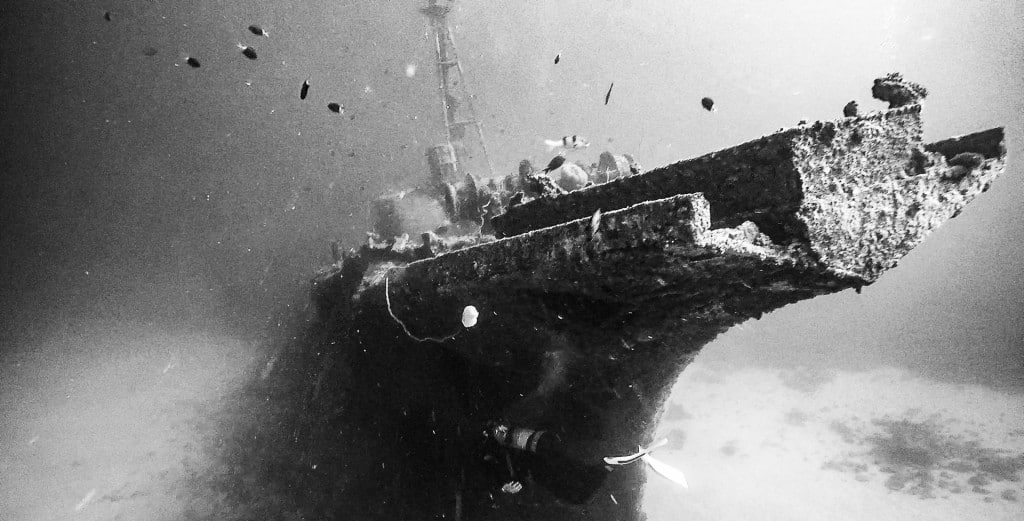
The Emily and Waterlily were sunk in 1981, and they lie in fairly shallow water. They are a superb example of how quickly soft corals can grow, and how rapidly they become home to a host of tiny sea creatures. Both wrecks are abundant with soft corals and tiny juveniles, creating a photographer’s paradise with white sand, blue water and lilac, purple, blue and pink soft corals. This is often done as a 2 tank dive, with snacks on the boat and a visit to one of the coral and reef fish infested sites in the area nearby.
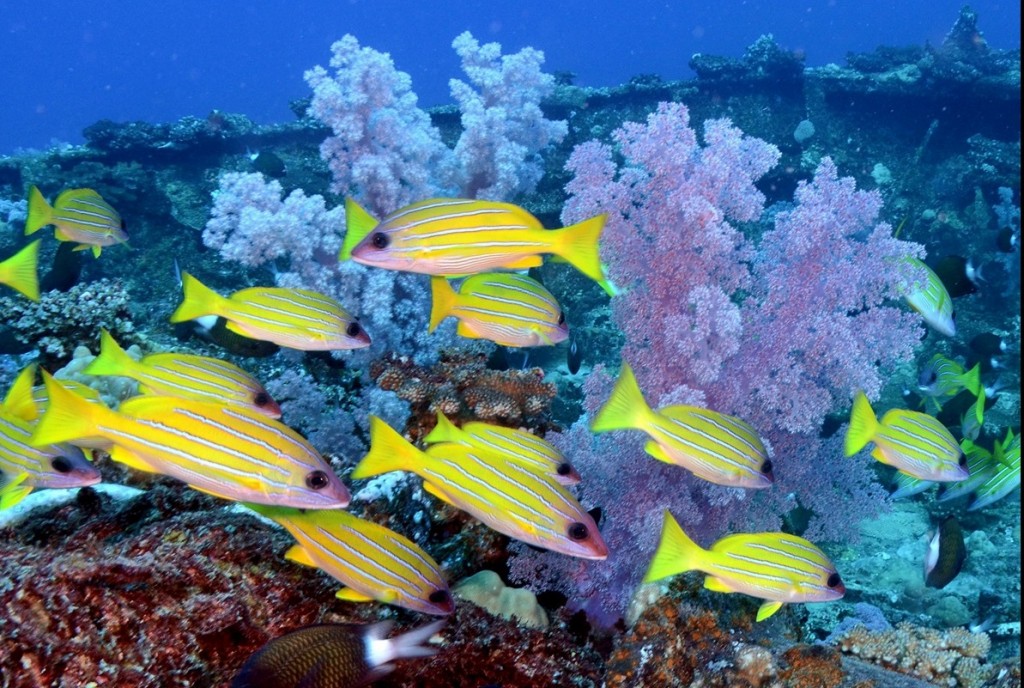
Pics: Thanks to Abdul Khathlan for the pic of the shoals on Djabeda.
Copyright 2018 Ocean Spirit, Mauritius – www.osdiving.com
Marine Life & Conservation
Leading UK-based shark conservation charity, the Shark Trust, is delighted to announce tour operator Diverse Travel as a Corporate Patron
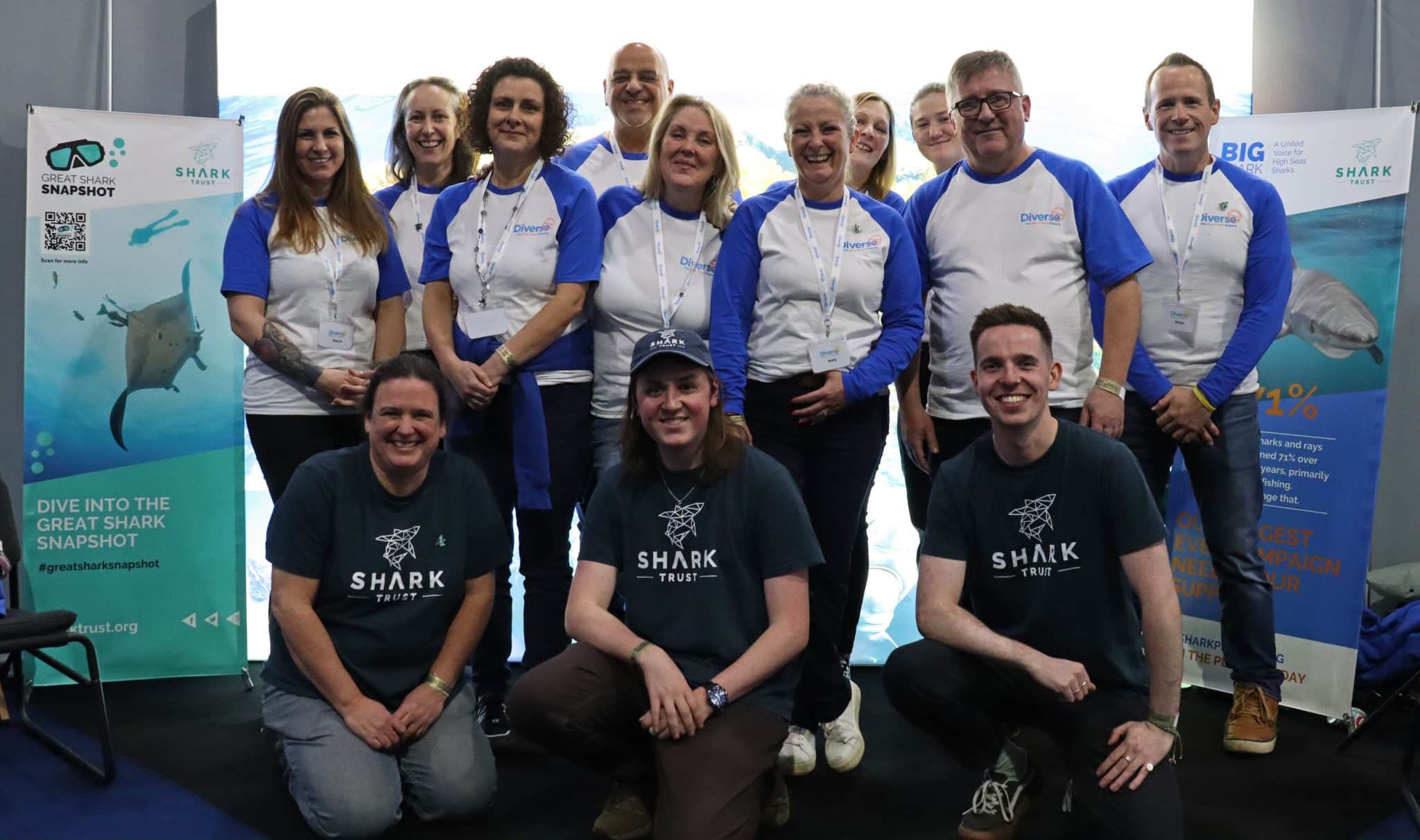
 Corporate Patrons provide a valuable boost to the work of The Shark Trust. The Trust team works globally to safeguard the future of sharks, and their close cousins, the skates and rays, engaging with a global network of scientists, policymakers, conservation professionals, businesses and supporters to further shark conservation.
Corporate Patrons provide a valuable boost to the work of The Shark Trust. The Trust team works globally to safeguard the future of sharks, and their close cousins, the skates and rays, engaging with a global network of scientists, policymakers, conservation professionals, businesses and supporters to further shark conservation.
Specialist tour operator Diverse Travel has operated since 2014 and is committed to offering its guests high quality, sustainable scuba diving holidays worldwide. Working together with the Shark Trust will enable both organisations to widen engagement and encourage divers and snorkellers to actively get involved in shark conservation.
“Sharks are truly at the heart of every diver and at Diverse Travel, we absolutely share that passion. There is nothing like seeing a shark in the wild – it’s a moment that stays with you forever!” says Holly Bredin, Sales & Marketing Manager, Diverse Travel.
“We’re delighted to celebrate our 10th year of business by becoming a Corporate Patron of the Shark Trust. This is an exciting partnership for Diverse and our guests. We will be donating on behalf of every person who books a holiday with us to contribute towards their vital shark conservation initiatives around the world. We will also be working together with the Trust to inspire divers, snorkellers and other travellers to take an active role – at home and abroad – in citizen science projects and other activities.”
Paul Cox, CEO of The Shark Trust, said:
“It’s an exciting partnership and we’re thrilled to be working with Diverse Travel to enable more divers and travellers to get involved with sharks and shark conservation. Sharks face considerable conservation challenges but, through collaboration and collective action, we can secure a brighter future for sharks and their ocean home. This new partnership takes us one more valuable step towards that goal.”
For more information about the Shark Trust visit their website here.
For more about Diverse Travel click here.
Marine Life & Conservation
Shark Trust Asks Divers to help with Shark Sightings this Global Citizen Science Month
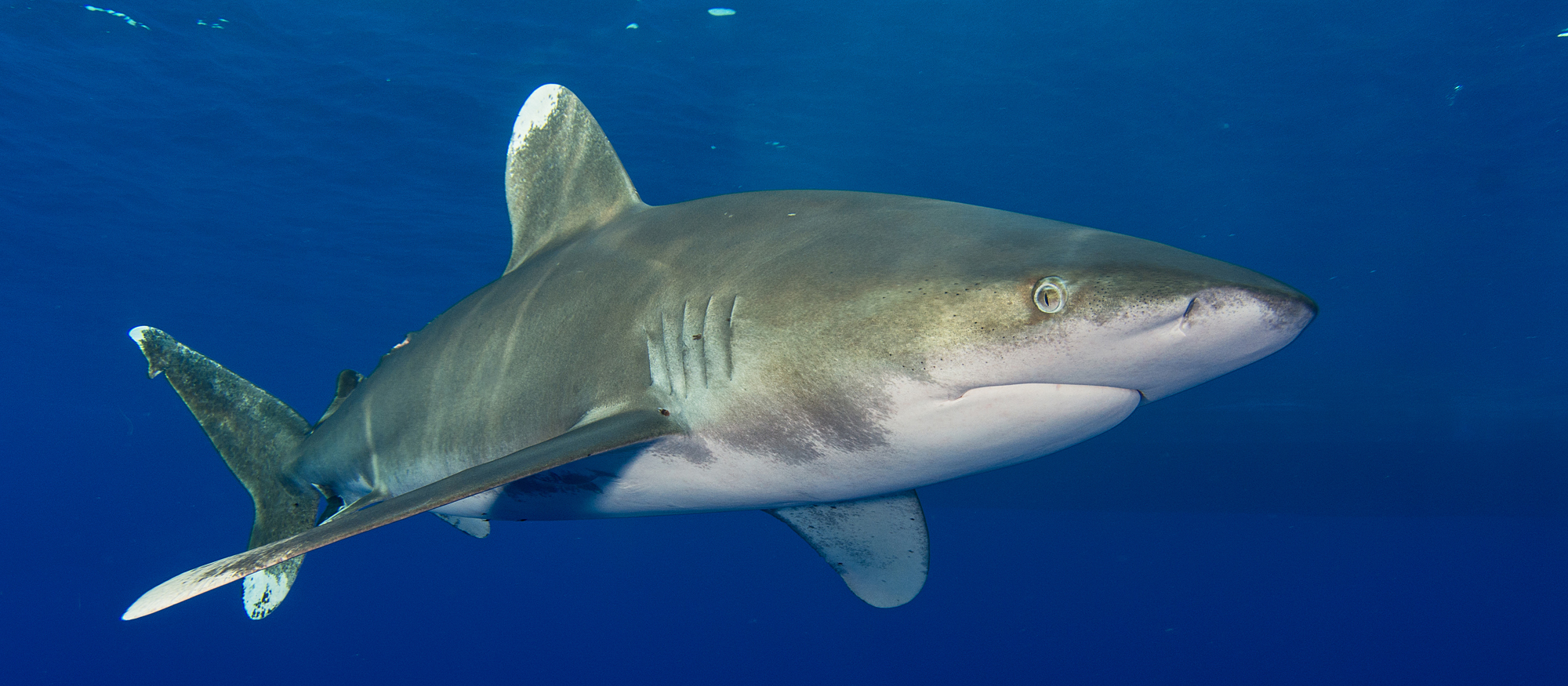
 Whether you are stuck for ideas of what to do with the kids or are off on the dive trip of your dreams. You can get involved in Citizen Science Month and help the Shark Trust by providing vital data about sharks are rays both close to home and further afield.
Whether you are stuck for ideas of what to do with the kids or are off on the dive trip of your dreams. You can get involved in Citizen Science Month and help the Shark Trust by providing vital data about sharks are rays both close to home and further afield.
In addition to reporting the sharks and rays you see on your dives, the eggcases you find on the beach, the Shark Trust is looking for some specific data from divers who are asked to report any Oceanic Whitetip and Basking Sharks.
Oceanic Whitetip Sharks
The Shark Trust are looking specifically for Oceanic Whitetip Shark sightings over the coming weeks and months. So, if you are diving anywhere in the world, please report your sightings via the website or app.
Website: https://recording.sharktrust.org/
App: Search The Shark Trust in your app store
The Oceanic Whitetip. Known for their incredibly long dorsal and pectoral fins, this species was once the most abundant oceanic-pelagic species of shark on the planet.
Large and stocky, they are grey or brown above, and white below and famous for their huge rounded first dorsal fin and paddle-like pectoral fins. The fins also highly prized within the shark fin trade. Whilst they are mostly solitary, Oceanic Whitetips do occasionally hunt in groups.
An inquisitive species, they were easy prey for fisheries. Combined with their low reproductive rate, they were inevitably at high risk of population depletion. And declines of up to 99% have been reported in certain sea areas. They are listed as Critically Endangered on the IUCN Redlist (2019).
Conservation efforts to discourage further declines include listing on CITES Appendix II and CMS Appendix I. They’re also the only species prohibited from take by all the Tuna RFMOs (Regional Fisheries Management Organisations). However, these measures do not mean that Oceanic Whitetips are not still caught – whether targeted or as bycatch – in some parts of the world. With populations declining at such a high rate, effective implementation of management measures is essential to ensure that the species can recover.
If you are lucky enough to get an image of an Oceanic Whitetip and you record your sighting on the Shark Trust app or website YOU CAN WIN! All images submitted with sightings, that also give consent to use in conservation messaging, will be in with a chance to win an Oceanic Whitetip T-shirt and mug. The competition will run until the end of “Shark Month” in July – so keep those sightings (and images) coming in.
Basking Sharks
Basking Shark (Cetorhinus maximus) season is upon us, and the Shark Trust is asking everyone to keep an eye out for these majestic giants over the summer months. If you see any, you can record your sighting to the Basking Shark Sightings database.
Each year, these mighty fish return to British waters to feed on plankton. You may see one, (or a few if you’re really lucky) from around April-October. They can be seen feeding at the surface of the water, where they look like they’re basking in the sun. Thus, their name!
Sighting hotspots around the British Isles include southwest England, Isle of Man, north coast of Ireland, and western Scotland. The Sea of the Hebrides is the most prolific sightings area in Scotland, but they have been spotted all around the coast and have even ventured into some of the sea lochs. The Shark Trust has received thousands of sightings since the Basking Shark project began, but more data is needed to truly understand what is going on with population numbers and distribution. You can help by recording your sightings this summer.
Great Eggcase Hunt
The Shark Trust has an Easter Egg Hunt with a difference for you to try. Take part in the Great Eggcase Hunt and get involved with a big citizen science project that helps shark, ray and skate conservation. And it’s an enjoyable activity for all the family.
The Shark Trust also want snorkellers and divers to record their underwater eggcase findings. Underwater records help pinpoint exactly where sharks and skates are laying their eggs and can help link to beach records. Learning the depth and substrate that they lay on also helps better understand the species.
Find out more: https://www.sharktrust.org/great-eggcase-hunt
Whether you are diving, snorkelling or exploring on the beach you can take part in Citizen Science Month and get actively involved in shark and ray conservation. Find out more: www.sharktrust.org
-

 News3 months ago
News3 months agoHone your underwater photography skills with Alphamarine Photography at Red Sea Diving Safari in March
-

 News2 months ago
News2 months agoCapturing Critters in Lembeh Underwater Photography Workshop 2024: Event Roundup
-

 Marine Life & Conservation Blogs2 months ago
Marine Life & Conservation Blogs2 months agoCreature Feature: Swell Sharks
-

 Blogs2 months ago
Blogs2 months agoMurex Resorts: Passport to Paradise!
-

 Blogs2 months ago
Blogs2 months agoDiver Discovering Whale Skeletons Beneath Ice Judged World’s Best Underwater Photograph
-

 Gear News3 months ago
Gear News3 months agoBare X-Mission Drysuit: Ideal for Both Technical and Recreational Divers
-

 Gear Reviews2 months ago
Gear Reviews2 months agoGear Review: Oceanic+ Dive Housing for iPhone
-

 Marine Life & Conservation2 months ago
Marine Life & Conservation2 months agoSave the Manatee Club launches brand new webcams at Silver Springs State Park, Florida













